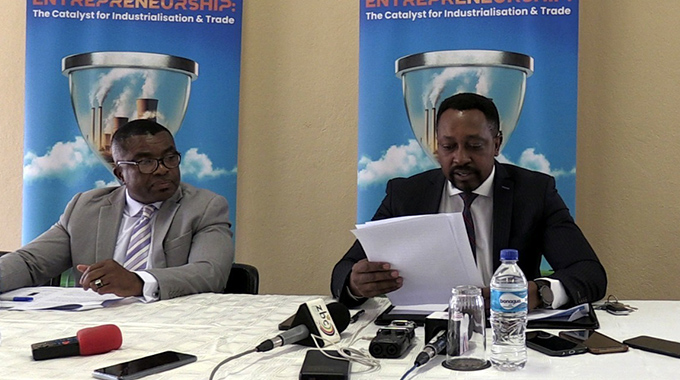Japan mulls temporary loans to distressed companies
-flow shortages in the wake of the record March 11 earthquake, three people familiar with the matter said.
The plan may be presented to the central bank’s board as early as this month, the people said, speaking on condition of anonymity because the discussions weren’t public.
BOJ governor Masaaki Shirakawa and his colleagues are scheduled to meet on April 6-7 and on April 28.
Companies may face funding challenges as they fix damage and pay wages while production is suspended due to power cuts, particularly smaller firms with less cash on hand or lines of credit.
The BOJ effort would help avoid a jump in bankruptcies amid calls from lawmakers and business leaders for the central bank to do more to support the economy after the disaster.
“With sales plunging, companies are running out of cash on hand and they are asking for loans to stay in business,” said Hiroshi Shiraishi, an economist at BNP Paribas SA in Tokyo.
“The Bank of Japan will probably give some support to accommodate such demand.”
Japan’s top three commercial lenders said corporations have asked for loans totaling 2,6 trillion yen in the first two weeks after the quake, equivalent to 1,3 percent of city banks’ outstanding lending. About 600 businesses have asked for advice on post-quake financing from the Chamber of Commerce in Sendai, the largest city in the northeastern region.
“Companies are concerned about the risk of running out of cash on hand,” said Masanobu Abe, deputy head of Sendai Chamber of Commerce’s small business finance division, urging officials to ensure loans are made to smaller firms.
“They are also worried because they can’t sell products due to the breakdown in transport and they may fail to collect debt and pay salaries.”
Prime Minister Naoto Kan aims to compile a supplementary budget this month to pay for relief and rebuilding after the magnitude-9,0 earthquake and tsunami in northeastern Japan left more than 27 000 dead or missing.
It also crippled a nuclear energy plant that helps power Tokyo and surrounding areas.
Shirakawa has focused on providing liquidity to maintain financial stability, while rejecting more aggressive proposals for the central bank to directly finance government spending. The first business day after the temblor, the BOJ injected a record 15 trillion yen into money markets.
A surge in bankruptcies would threaten to deepen the hit to the nation’s economy just as investors grow more confident Japan will rebound later this year. The Nikkei 225 Stock Average, which had fallen as much as 18 percent from its March 10 close, rose for a second day yesterday.
It fell 0,1 percent on Friday, taking losses since the quake to 6,6 percent.
Details of the potential BOJ lending program haven’t been completed, the three people said. One said that credit may be offered in the form of one-year loans, and another said the rate on the funds could be 0,1 percent, equivalent to the upper bound of the central bank’s benchmark overnight rate target range.
The ruling Democratic Party of Japan’s fiscal commission yesterday urged the BOJ carry out monetary policy flexibly in cooperation with the government. – Bloomberg.






Comments